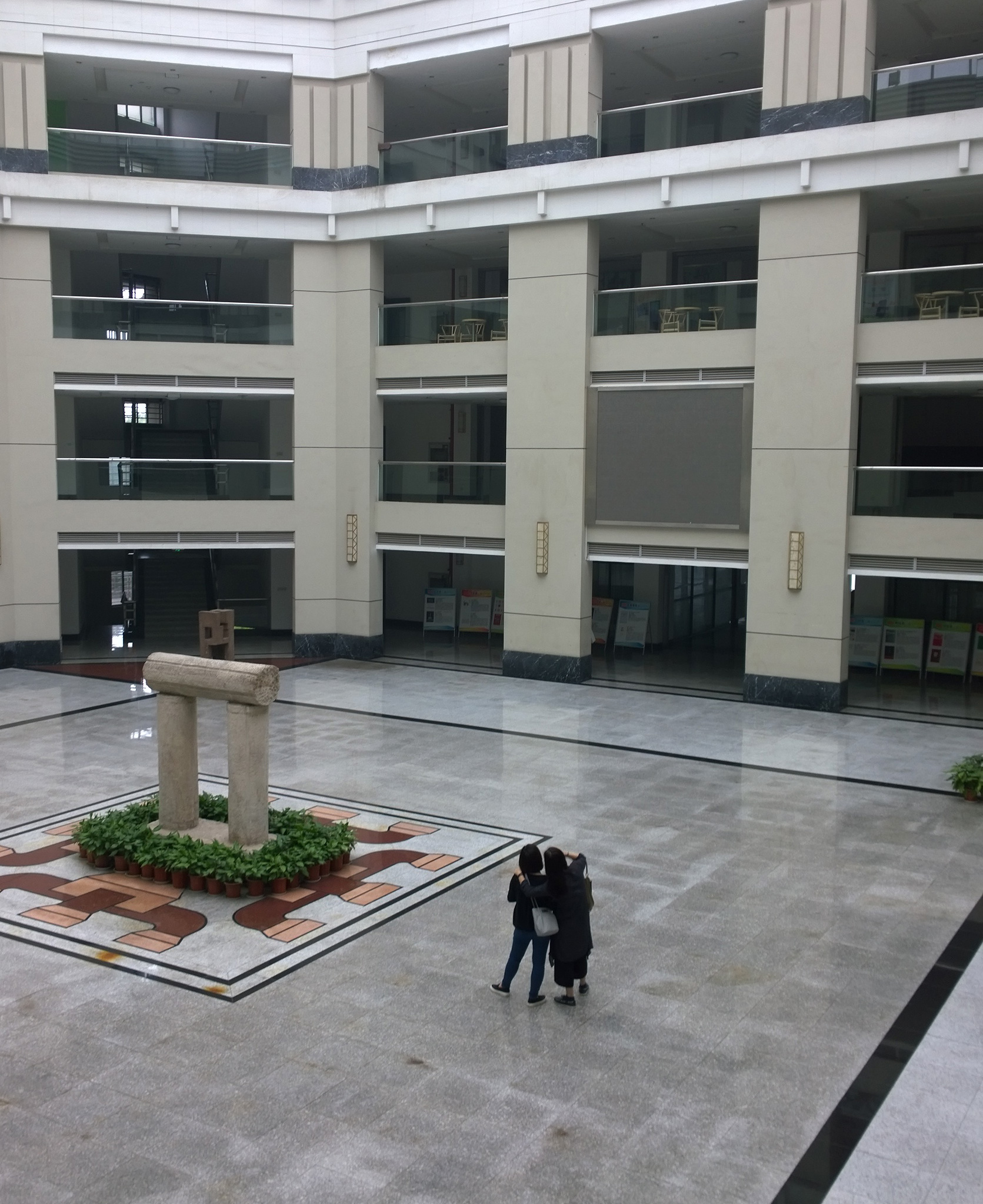From dragons to starfish, China builds airports as only it could
By Morf Morford
Tacoma Daily Index
I flew into Beijing, China for the first time in February of 1999.
Back then, there were no direct flights from Sea-Tac to Beijing. Flights stopped, and transfers were made at Narita (outside of Tokyo, Japan). There was one airport in Beijing, the capital city of China. It was built in 1958.
A year or so before that, I had attended a conference in Bismarck, North Dakota.
The airports in Bismarck and Beijing were about the same size. They both had one terminal building – and one baggage carousel.
Back in 1999 Japan’s Narita airport was sleek, pristine and efficient.
Beijing’s airport was squalid and barely operational.
Much has changed in twenty years.
At least in Beijing.


Beijing now has two massive airports, both of them record-setting in terms of scale, integration of technology and the number of passengers they can handle.
The cliché about China’s transportation system and ours is that their train stations look like our airports and their airports look like our space stations.
Beijing hosted the Summer Olympics in 2008. Besides an elaborate opening ceremony, Beijing dazzled the world with its brand new dragon shaped airport.
Beijing quickly became the busiest airport in Asia.
But as any China-watcher knows, the story doesn’t end there.
In the last week of September, China opened yet another airport in Beijing. This new mega-airport (Daxing) was designed by the late architect Zaha Hadid in the shape of a starfish with five connected concourses. It is to be the world’s largest single-building airport terminal. At over 170 acres, and with four runways, (and a capacity to expand to seven in the future) it is expected to be able to handle 72 million passengers a year by 2025. By 2040, the airport is expected to expand to eight runways and accommodate 100 million passengers a year.
That’s about a third of the entire population of the United States – each year!
As you might guess, this space has to be huge – the airport is roughly the size of 100 football fields.


By public transport it takes over an hour to reach it from Beijing’s central business district, more than double the time needed to reach the more established Capital airport.
Officials say Daxing airport is not only designed to serve Beijing, but also the surrounding province of Hebei and next-door city of Tianjin, to increase regional access and development.
About 50 foreign airlines plan to move all or part of their China operations to the new airport in the coming quarters.
The relocation of all the airlines which will use Daxing is to due to be completed by the winter of 2021.
And, in their welcome-to-the-future department, you can expect to encounter customer-service robots to deliver flight information and facial recognition-enabled check-in.
The Dragon Airport, which had more than 100 million travellers in 2018, was second in the world only to Hartsfield-Jackson airport in Atlanta, Georgia, in terms of passenger traffic.
As we all know, China won’t stop there.
China is expected to surpass the US to become the world’s largest market for air travel by 2022.
With the largest, and most rapidly growing, middle-class the world has ever seen, domestic, business and international air travel will certainly continue to grow.
If China is willing to invest many billions of dollars in a new airport, you know that they are getting primed for their place on the international travel circuit.
If you want to see more details on this airport – and the future of international travel, take a look here – https://daxing-pkx-airport.com/.
I mentioned before that in China the train stations look like our airports and their airports look like sci-fi space stations.
It can be a bit intimidating to see how much a single nation can change in just a few years.
Adding an airport of this scale to a high speed rail system of over 15 thousand miles (https://www.chinadiscovery.com/china-maps/high-speed-railway-map.html) certainly means that China is (re)entering the world stage and setting the bar for transportation both domestically and internationally.
Stay tuned for the next episode of China’s construction of the future.








